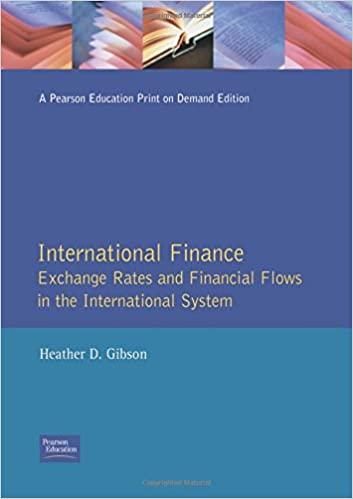




YOU ARE CREATING AN INVESTMENT POLICY STATEMENT FOR JANE DOE General: 60 years old, 3 grown children that are living on their own and supporting themselves. She is in a very low tax rate so we don't even consider anything relating to taxes for this account (we haven't studied taxes yet.) Could live 20 or 30 more years. She is in a nursing home that requires a fixed payment to the home each month, and her full health insurance and expenses are also completely covered by a separate fixed payment each month. There is no planned changes in those monthly amounts needed until the day she passes away. No other significant withdrawals should happen, just those steady living expenses. This portfolio: She and her children mainly want to be assured that it will produce a steady amount each month to continue to pay her nursing home and health insurance payments until the day she passes away. It has earned a substantial and steady return in the past, and has been able to make the payments just from its earnings, without reducing its overall balance. For this first question: What is the most likely initial investment objective that fits her and her time frame? O Preservation O Income O Growth Question 2 6 pts Assume she stated she wants to be in growth only (do not assume this is the answer to a prior question.) Which of the following asset class allocations would most likely be associated with that investment objective? all in cash and cash equivalents all in stocks all in bonds O half in bonds, half in stocks Assume you decide she should be in the Cash and Cash Equivalents asset class (do not assume this is the answer to a prior question.) Which of the following are typical characteristics of the Cash and Cash Equivalents asset class? (Mark all that apply) they have a reasonable expectation, but never a guarantee, of no change in value of the initial investment they do not sell between owners for the same price each time because of market interest rate changes the Bonds asset class is generally considered less risky than the Cash and Cash Equivalents asset class they include Money Market Mutual Funds Instead assume you decide she should be in the US Stocks asset class (do not assume this is the answer to a prior question.) Which of the following are typical characteristics of the US Stocks asset class? (Mark all that apply) shares of stock do not sell between parties for the same price each time they are bought and sold stocks generally represent ownership and control of the company stocks have a maturity date when they will be redeemed and the stockholders will be paid back their initial investment stocks generally represents a lower priority claim on the funds of the company than bonds Next, you know you need to discuss how returns will be measured for her portfolio, and agree in the policy statement on those measurements, since you will naturally be working to maximize return, as defined in the policy statement. You let her know there are many ways to measure returns, just like there are many ways to measure 'how big' a house is. Using the exam spreadsheet, compute using tab "A" ("Lowes in 2010-2014") the Average YEARLY HPR for all of the years listed, measuring from January 1 to January 1 for the YEARLY returns. Round to two decimal places. The exam spreadsheet is on the opening page of the exam. 27.94% 48.73% 2.33% 28.91% O None of the above











